Lifestyle
5 types of albinos and how they look

Albinism is a genetic condition that affects melanin production, the pigment responsible for skin, hair, and eye colour.
It affects people of all races and ethnicities, with oculocutaneous albinism (OCA) affecting 1 in 20,000 people globally and ocular albinism (OA) affecting at least 1 in 60,000 men.
There are five main types of albinism. Here they are:
1. Oculocutaneous Albinism (OCA)
The most common kind of albinism is oculocutaneous albinism (OCA). It affects the skin, hair, and eyes.
People with OCA typically have blue to brown eyes, light skin and hair, and eye issues include light sensitivity and diminished sharpness.
There are subtypes of OCA based on the genes:
OCA1A: No melanin production results in white hair, pale skin, and light eyes.
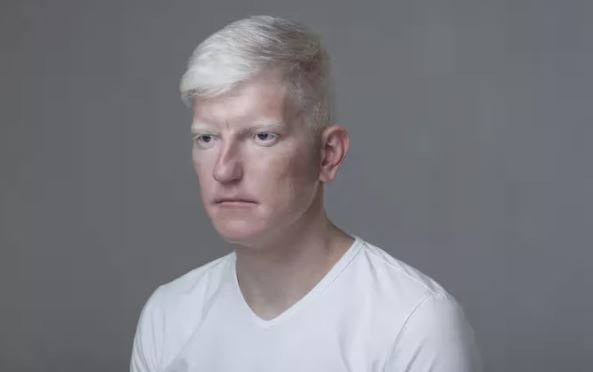
OCA1B: Light blonde hair, slightly darker skin.
OCA2: More common in African and Native American populations, produces some melanin, and results in light skin and hair.
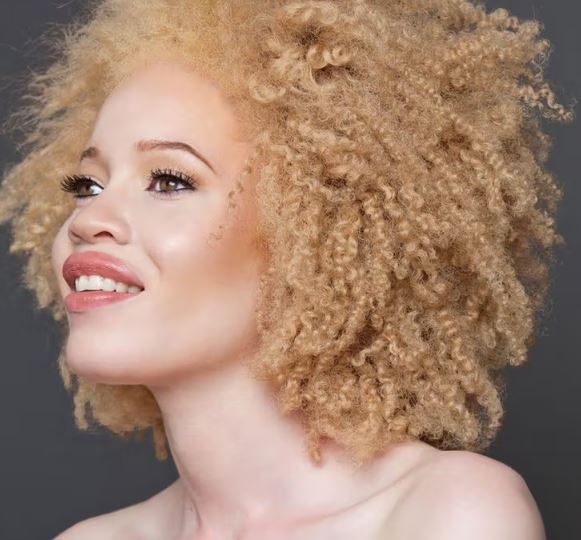
OCA3: Also more common in African populations, results in reddish-brown skin and hair.
OCA4: Less common, similar to OCA2, found mostly in Asians.
2. Ocular Albinism (OA)
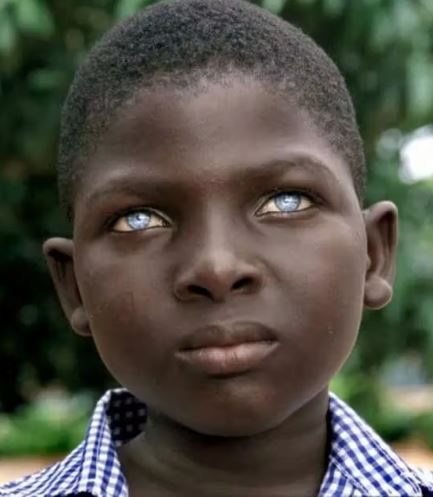
In contrast to OCA, ocular albinism mostly affects the eyes, leaving the skin and hair with normal pigmentation.
The absence of melanin in the retina causes vision deficits, yet skin and hair colour stay normal.
3. Hermansky-Pudlak Syndrome (HPS)
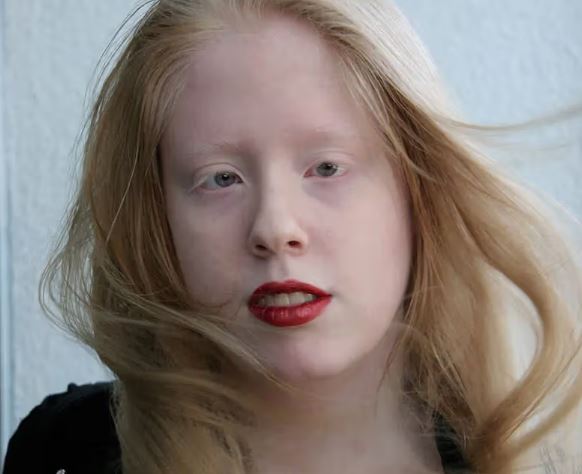
HPS is an uncommon kind of albinism that results in lung illness, bleeding, and pigmentation issues.
It is common among certain races, like the Puerto Ricans, and can result in problems like intestinal or lung problems or bleeding easily.
4. Chediak-Higashi Syndrome (CHS)
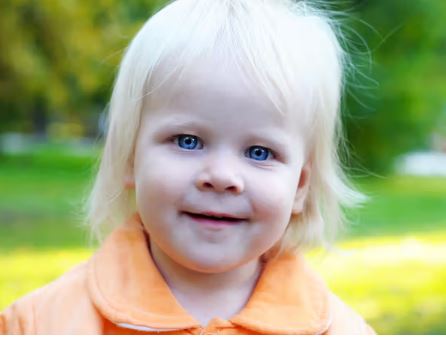
Chediak-Higashi Syndrome (CHS) is a rare form of albinism that affects the immune system, skin colour and vision.
It results in light skin and blonde hair and causes recurrent infections due to a malfunctioning immune system.
5. Griscelli Syndrome
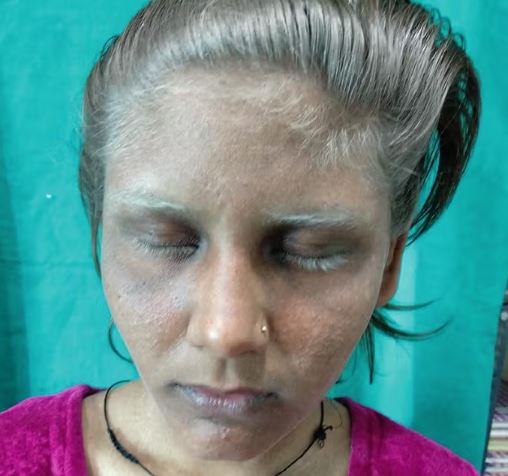
Griscelli Syndrome is a rare condition involving albinism, causing silvery-grey hair and lighter skin. It can potentially impact the immune and nervous systems.
Many people living with albinism are unfairly treated and stigmatized.
Although they face some challenges, people with albinism can have fulfilling lives if they get the right medical attention and sun protection because of the sensitivity of their skin.






